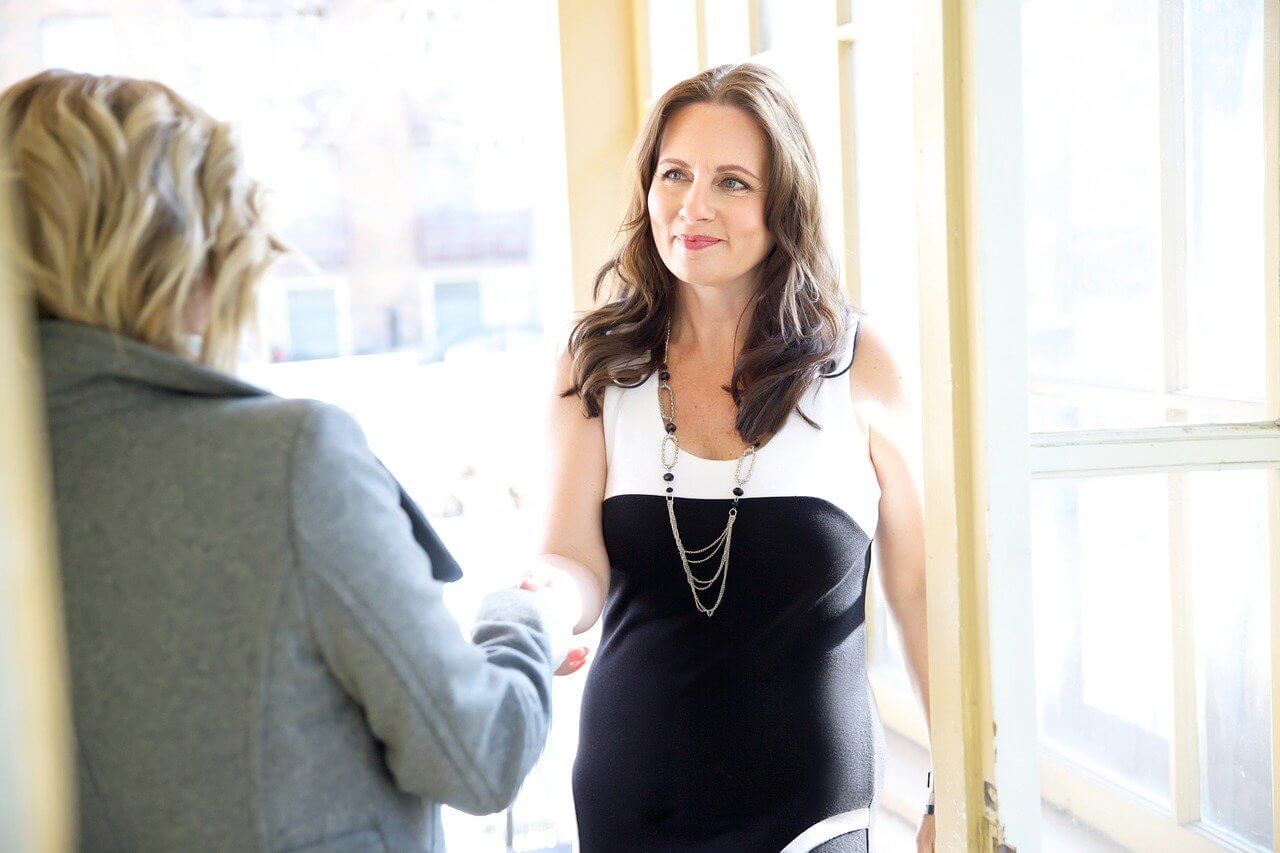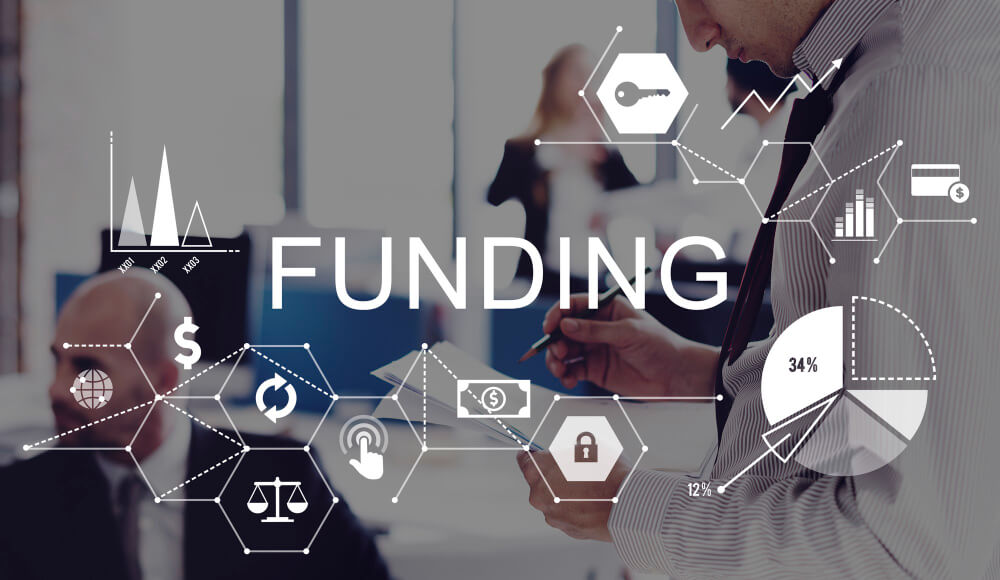1. Your Bequest Program: It’s Easy Getting Started by John Elbare, CFP
The simple bequest, which is a charitable gift in a donor’s will (or living trust), still accounts for most planned gifts. Bequest marketing should be a part of every fund raising program. Simple marketing messages can reap huge future revenues for your organization.
All of your loyal donors are good prospects for a bequest. Let them know that you are interested in gifts by will. The idea of arranging a bequest simply does not occur to most people. Provide them with a steady stream of reminders.
Put your bequest reminder in all of your communications. The message is simple: Please remember us in your will. Include that tag line on your stationery and your donation receipts. Make sure every newsletter contains a brief article or simple display ad about leaving a bequest. Add basic information on bequests to your website.
Let your donors know how important bequests are to your mission. Use testimonials and stories from people who have already arranged bequests … telling why they did it. Emphasize the idea of endowment. Many people like the idea of leaving their bequest to an endowment fund that will support your organization long after they are gone.
Prepare a simple fact sheet that tells your donors how to arrange a bequest. Make sure you include your organization’s exact legal name, address and tax ID number, so their lawyers can write the bequest correctly. Improperly worded bequests can cause major headaches during probate, when it’s too late to correct your organization’s name..
Use every opportunity to get your fact sheet to your donors. Offer it in your newsletter and on your website. Include a check-off box on your donation envelopes, that says “Please send me information about arranging a charitable bequest.” And, always carry a few copies when you visit with your donors.
=-=-=-=-=-=-=-=-=-=-=-=-=-=-=-=-=-=-=-=-=-=-=-=-=-=
John Elbare, CFP, has spent the last 30 years helping non-profits
raise more money through large, planned gifts.
He shows them how to add an effective planned giving
strategy to their current fund raising effort
without a lot of extra expense or staff.
You can contact him at John Elbare, CFP.
=-=-=-=-=-=-=-=-=-=-=-=-=-==-=-=-=-=-=-=-=-=-=-=-=
2. Being Quick and Genuine with Your Thanks To Donors by Tony Poderis
Thanking donors seems like something so basic that we shouldn’t even have to talk about it. But more mistakes, with more devastating results for donor loyalty, are made in the thanking of donors than anyplace else.
So, let’s go over six, absolutely essential rules for saying, “Thank you.”
— Thank A Donor Immediately. Send a thank-you note for a gift no later than the day after the gift is received. Nothing is more important than a prompt thank-you.
— Be Humble. Don’t act as if or communicate the thought that you were expecting the gift as something that was the donor’s responsibility to do.
— Praise The Donor’s Generosity. Do not stint. Let the donor know how important the gift is. You met goal; You are on your way to meeting the goal; Their gift is among others which set a new record for donors contributing.
— Praise Your Donor’s Leadership. Anyone who gives is a leader and should be treated as such, and call attention to the fact that their gift will influence others to give. This is important as a way to let the donor know that your cause is worthy and attractive when they see/know of the endorsements of others.
— Thank Your Donors For Past Support. When you receive today’s gift remind the donor how appreciative you are of past support, but do not talk about future support. Do not say thanks out of one side of your mouth and hint at future requests out of the other. Some organizations I know actually send along with their thank you for a donation received, yet another gift return envelope – that’s a bad practice.
— And finally, Never Let A Hint Of Disappointment Show. Never, ever show a lack of gratitude for a gift, whatever its size. Never make mention that the gift was lower than that which they had given previously. Chances are they had a very good reason for the reduction, something which could be troublesome to them. Don’t make them even more uncomfortable by reminding them.
=-=-=-=-=-=-=-=-=-=-=-=-=-=
Have a question or comment about the above posting?
You can Ask Tony.
There is also a lot of good fundraising information on his website:
Raise-Funds.com
=-=-=-=-=-=-=-=-=-=-=-=-=-=
Have you seen
The Fundraising Series of ebooks ??
They’re easy to read, to the point, and inexpensive ($1.99 – $4.99)
=-=-=-=-=-=-=-=-=-=-=-=-=-=
If you would like to comment/expand on either of the above postings, or would just like to offer your thoughts on those subjects, we encourage you to “Leave a Reply” at the bottom of this page.











